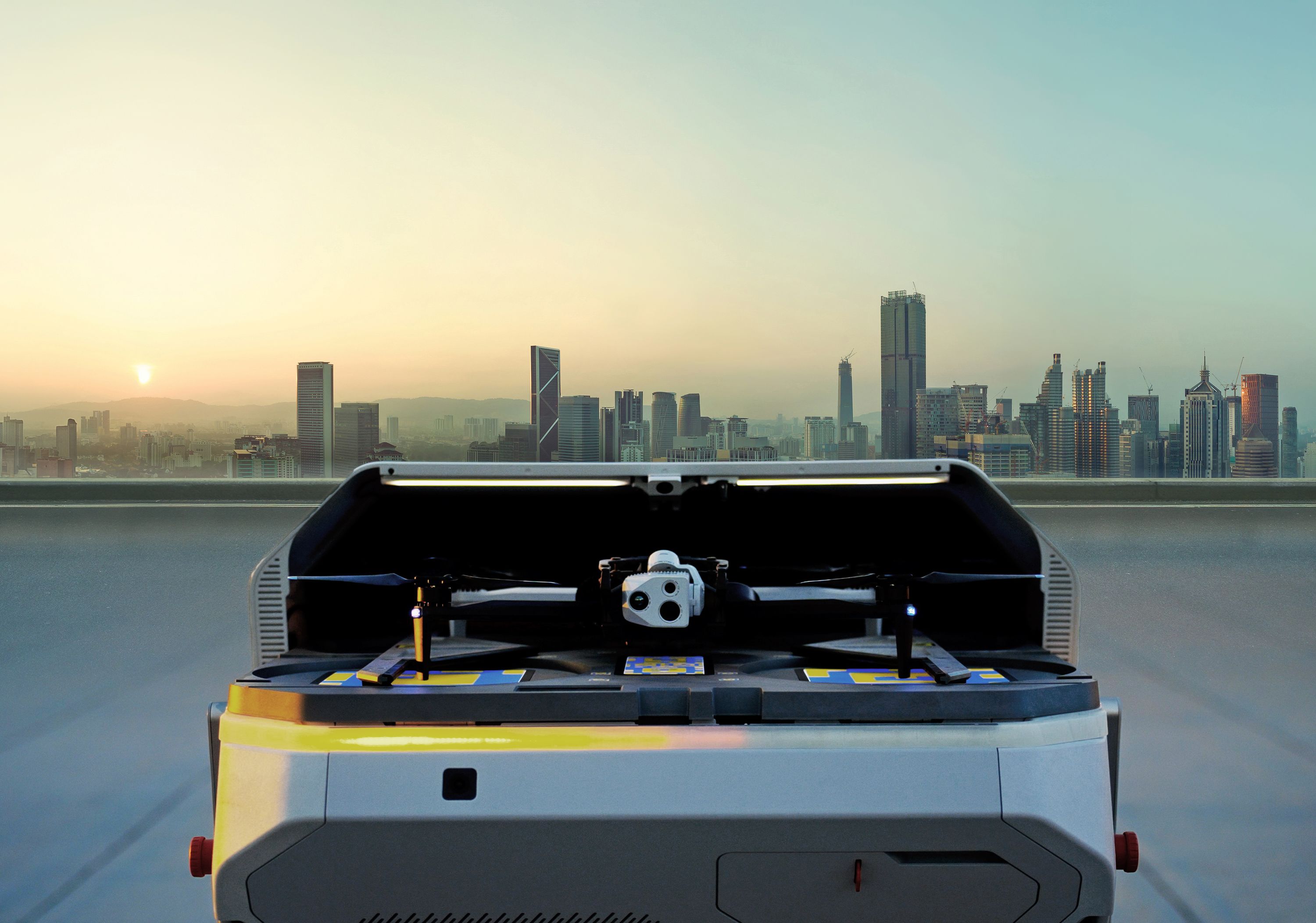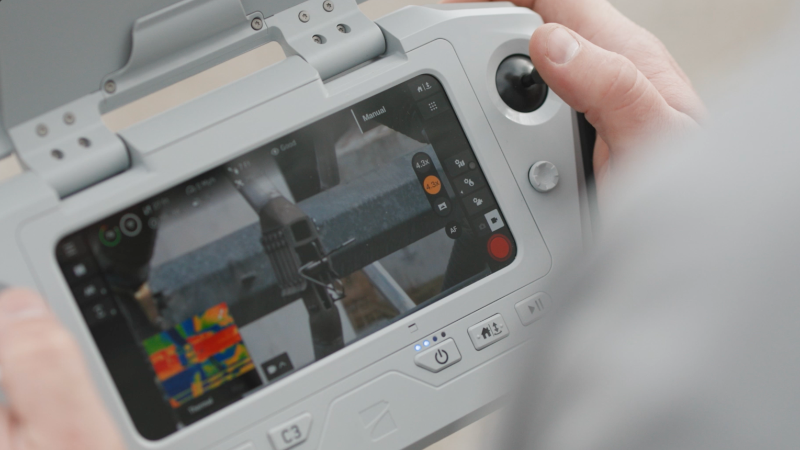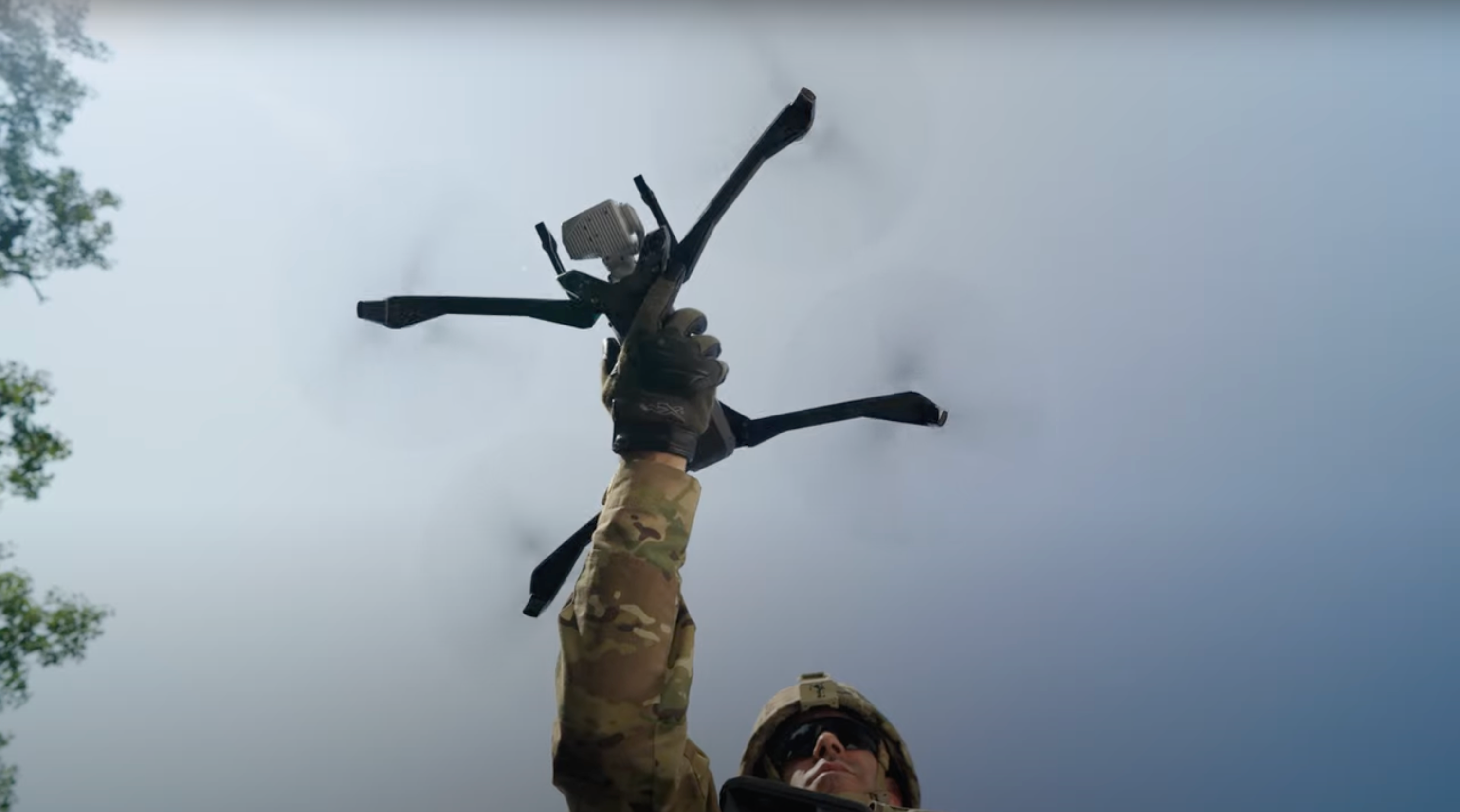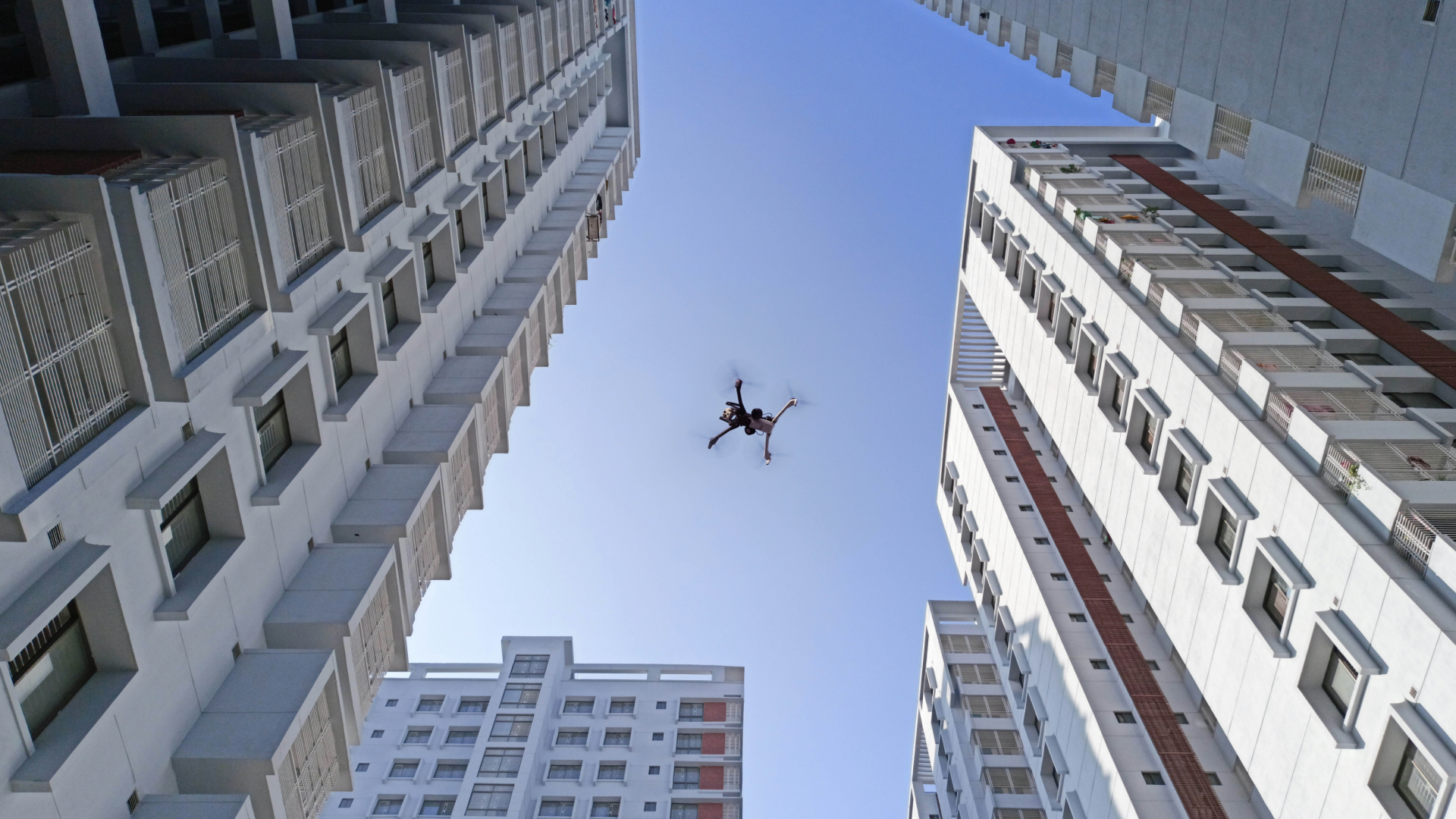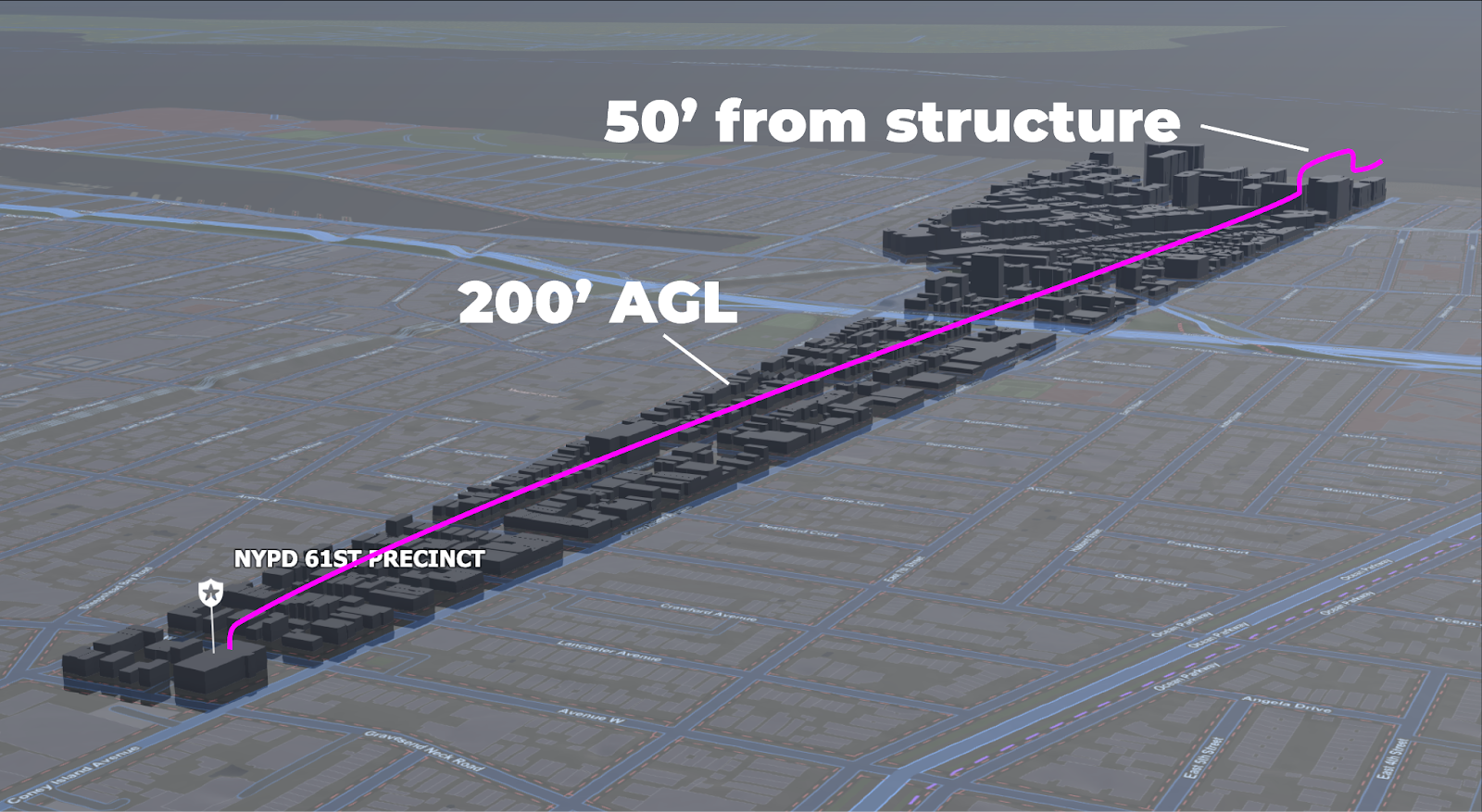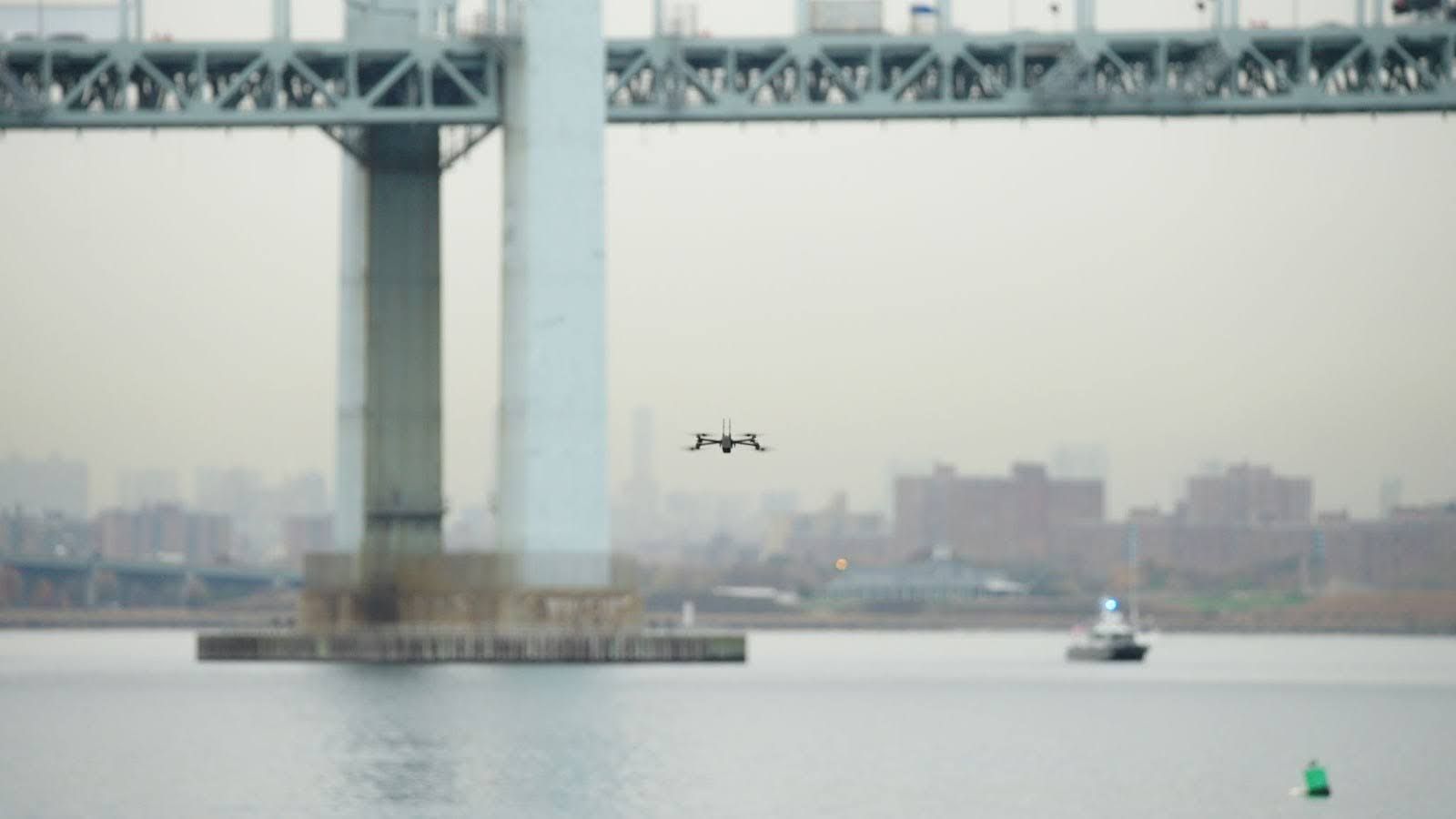Drone as First Responder Without Visual Observers—Now Available in Any Populated Area
In September, we announced the arrival of shielded operations for Drone as First Responder (DFR). Today, we are proud to share that two additional agencies have received FAA approvals, representing a significant expansion of safe, scalable, low-friction DFR to agencies nationwide.
The Las Vegas Metropolitan Police Department (LVMPD) and Oklahoma City Police Department (OKCPD) recently received FAA approvals to conduct DFR operations without visual observers in their respective cities. OKCPD’s approval is especially significant, as it removes a previous requirement that operations be conducted in certain airspace. Instead, it allows operations over congested areas in uncontrolled and controlled airspace. Both agencies are approved to conduct shielded operations without requiring complex and costly airspace awareness technology.
Skydio is honored to partner with these two exceptional agencies to develop the safety case and approval request package.
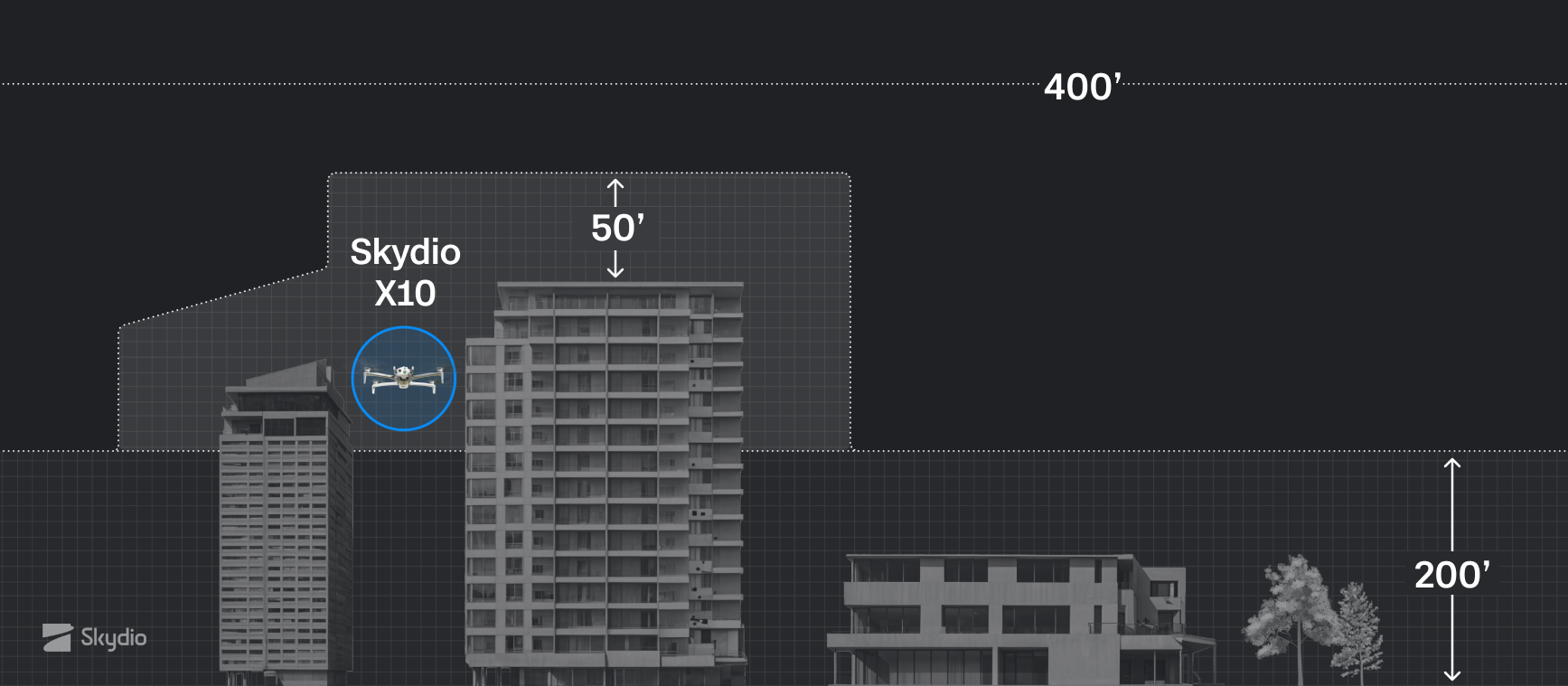
Enabling DFR at scale with shielded operations
The recent approvals issued to LVMPD and OKCPD share two key features with NYPD’s groundbreaking approval earlier this year:
1. Shielded operations for DFR
LVMPD and OKCPD have also been approved to conduct shielded operations, in which drones operate in airspace where traditional, people-carrying aircraft do not typically operate.
Both agencies are approved to conduct operations at or below 200’ above ground level (AGL). When needed, the agencies can fly above 200’ AGL when within 50’ of a structure or object. Skydio Autonomy ensures safe operations at these altitudes—day and night—with Skydio NightSense, eliminating collision risk with objects and obstacles.
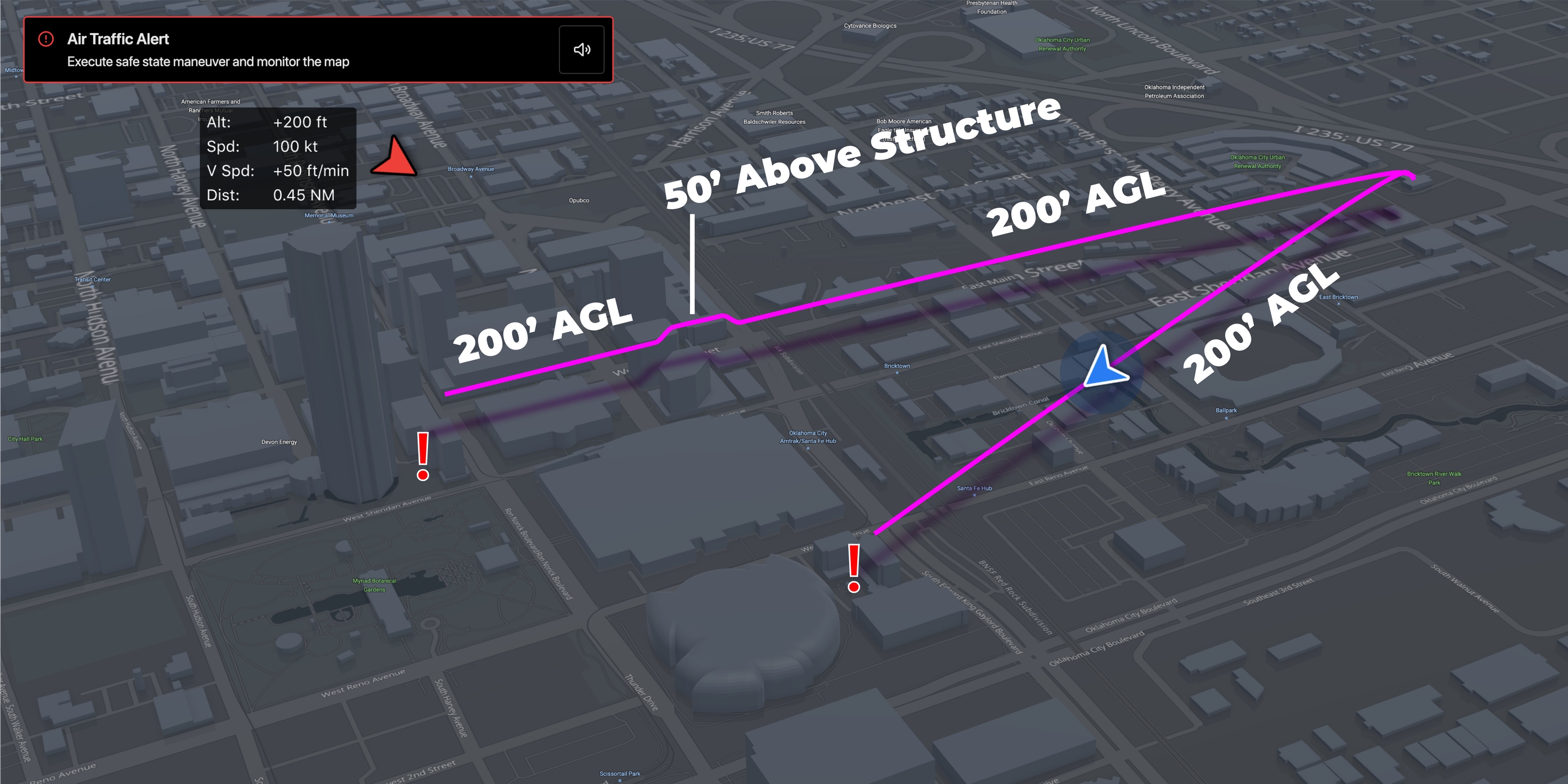
2. ADS-B Technology
Automatic Dependent Surveillance-Broadcast (ADS-B) technology has become an integral layer of safety for beyond visual line of sight (BVLOS) operations. All three agencies use ADS-B data to maintain situational awareness of their surrounding airspace and, if necessary, to avoid collisions with traditional aircraft.
Skydio DFR Command integrates ADS-B In, enabling operators to focus on their mission (not on separate airspace awareness displays) while receiving safety alerts for nearby low-flying aircraft. No other airspace awareness technology is required, allowing agencies to scale their DFR programs across their cities without deploying complex and costly sensor networks.
Congested Area: ADS-B airspace no longer required
The New York City Police Department’s (NYPD) approval marked the first time DFR operations could be conducted using shielded operations and ADS-B technology. The NYPD and LVMPD approvals, however, were based on the agency's operational area being within ADS-B airspace. ADS-B airspace is a type of airspace surrounding the busiest airports in the U.S. where person-carrying aircraft are required to use ADS-B transponders. However, 61% of the U.S. population is not in ADS-B airspace and we recognized the need for a solution that works in all areas.
OKCPD’s approval is that solution, allowing shielded operations over any congested area of a city, town, settlement, or over an open-air assembly of persons and setting a new precedent for agencies to pursue similar approval.
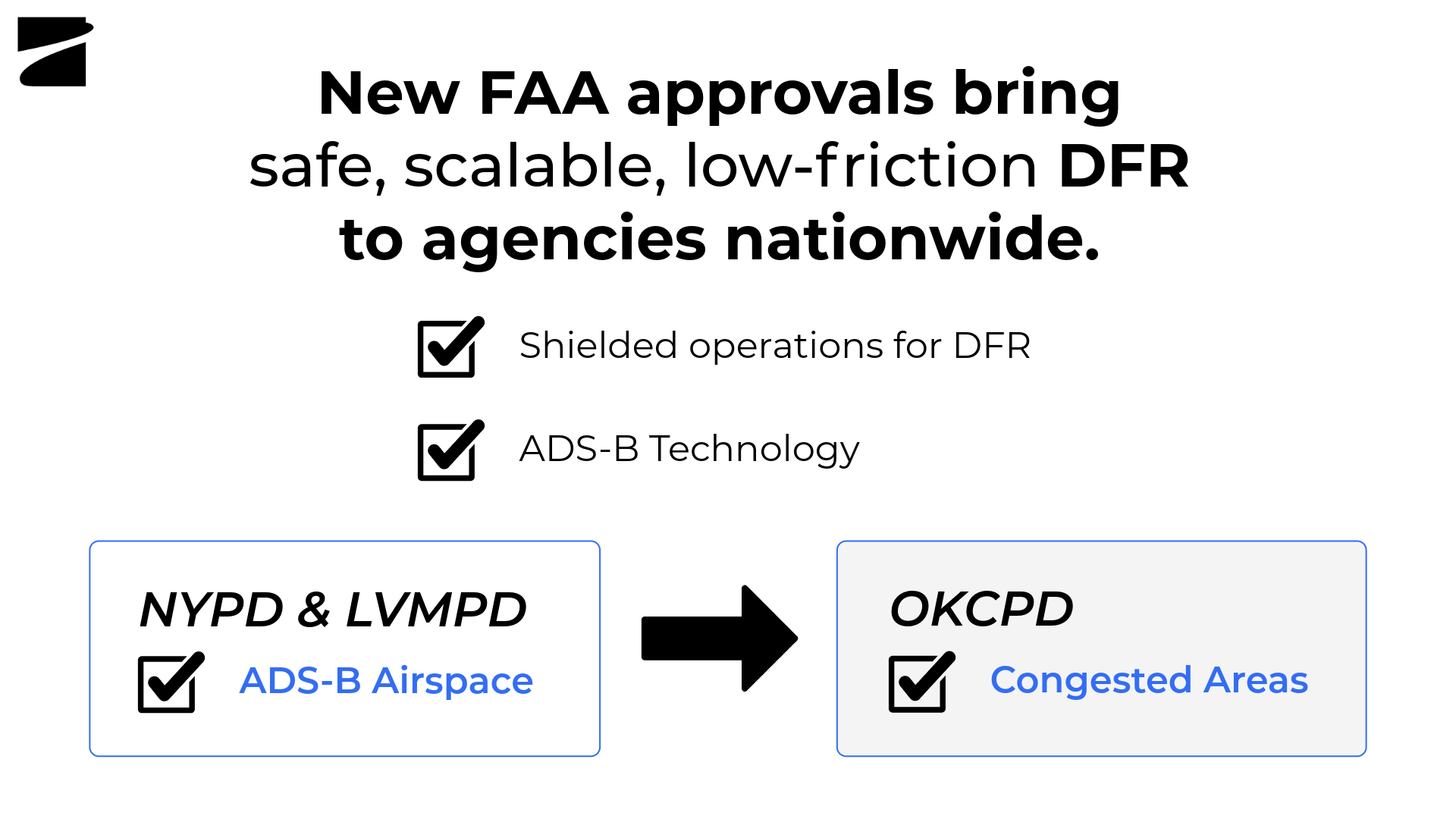
Congested area refers to what is on the ground, not in the air, and is generally associated with the presence of people. The FAA has traditionally used this term in regulations intended to protect people on the ground from traditional people-carrying aircraft in the case of engine failure or loss of control. The term is used in several regulations:
- § 91.119 - Minimum safe altitudes: General
- (b) Over congested areas. Over any congested area of a city, town, or settlement, or over any open air assembly of persons, an altitude of 1,000 feet above the highest obstacle within a horizontal radius of 2,000 feet of the aircraft.
- (c) Over other than congested areas. An altitude of 500 feet above the surface, except over open water or sparsely populated areas. In those cases, the aircraft may not be operated closer than 500 feet to any person, vessel, vehicle, or structure.
- § 103.15 - Operations over congested areas
- No person may operate an ultralight vehicle over any congested area of a city, town, or settlement, or over any open air assembly of persons.
Regulations like §§ 91.119 and 103.15 create airspace above congested areas that is used only by aircraft taking off and landing and a small number of rotorcraft (that often operate above 500’ for safety reasons). This airspace, underutilized by traditional aircraft, can safely be used by drones while not increasing the risk to people on the ground.
Congested areas are determined on a case-by-case basis based on factors such as housing density, the presence of people, and whether buildings are occupied. The FAA has issued legal interpretations regarding the definition of congested area including 2009 Anderson Legal Interpretation (1) and 2010 Simmons Legal Interpretation (2).
Let’s continue to scale DFR
Skydio’s world-class regulatory team has the experience you need to navigate these changes and put these approvals to work in your operations. We can help you conduct safe and effective remote operations at scale.
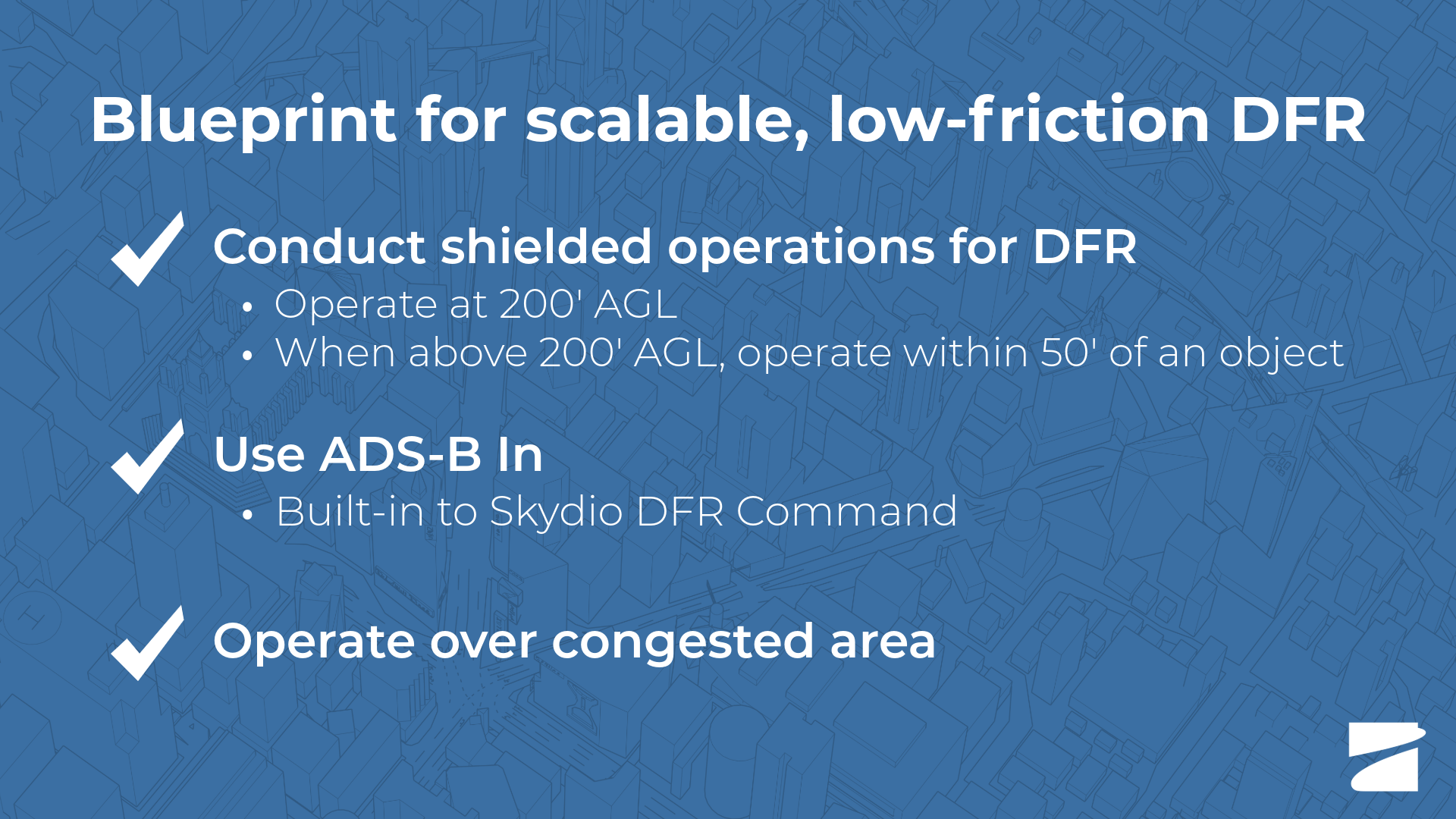
We have consistently secured the most advanced waivers for public safety agencies to help you protect your officers and communities. Under this new framework, we can help your agency pursue waivers to conduct remote operations without people on site—without the need for expensive, complex technology or visual observers, which could otherwise double or triple the cost of your program. We’ve delivered these results for the NYPD, LVMPD, and OKCPD, and we’re ready to help your agency achieve the same success.
We look forward to continuing to work with our customers to break BVLOS barriers and usher in the next frontier of flight. Contact us to learn more.
Schedule a demo with our sales team today.
------------------------------
(1) Federal Aviation Administration. “Legal Interpretation: Anderson.” 2009. FAA.gov.
(2) Federal Aviation Administration. “Legal Interpretation: Simmons.” 2010. FAA.gov.
